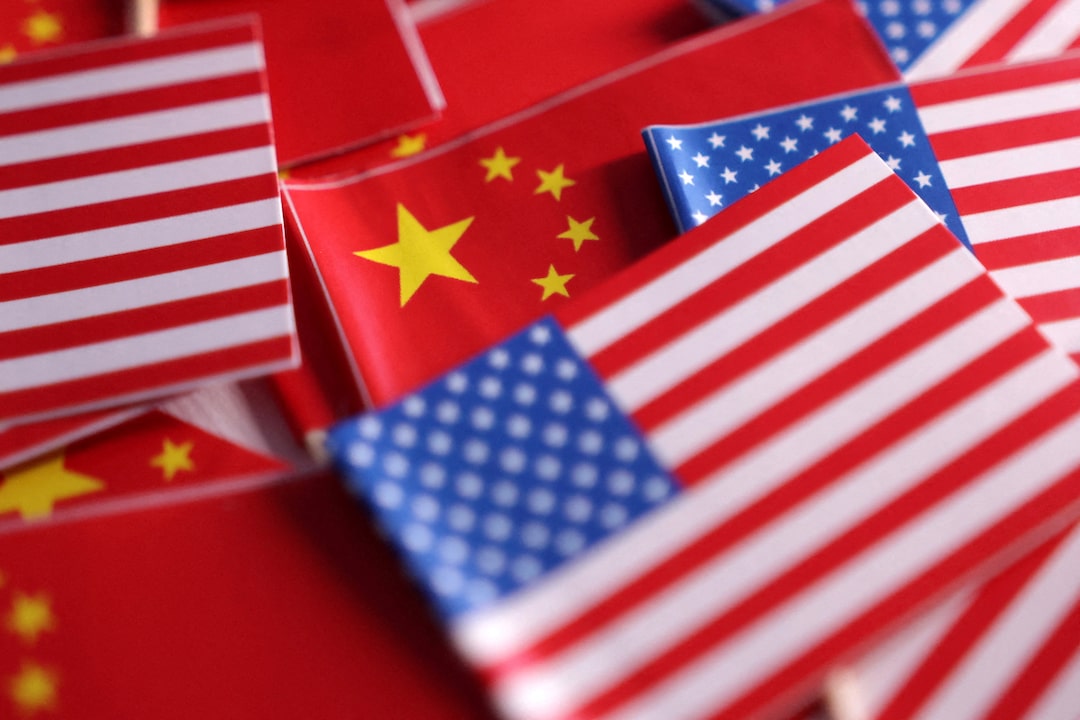China is stepping into the global talent race with a bold new move — the K visa — just as the U.S. makes its coveted H-1B visa far more expensive. Could this shift rewire the future of tech migration?
The Global Context: U.S. vs China in the Talent War
The United States has long been the dream destination for science, technology, engineering, and mathematics (STEM) graduates. But with the recent announcement of a $100,000 annual fee for H-1B visas, many aspiring tech professionals are reconsidering their options.
China, on the other hand, is lowering barriers. Its newly launched K visa program, effective this week, signals a strategic attempt to attract international STEM talent at a time when Washington is making entry tougher.
Immigration attorney Matt Mauntel-Medici summed it up best:
“While the U.S. raises barriers, China is lowering them.”
What Makes the K Visa Different?
Unlike the U.S. H-1B visa, which requires employer sponsorship and runs on a tight lottery system (just 85,000 slots annually), the K visa offers:
- Entry, residence, and employment rights without needing a job offer
- A streamlined application for young foreign STEM graduates
- Flexibility for professionals who want alternatives to the U.S.
For many Indian tech workers — who made up 71% of all H-1B beneficiaries in 2024 — this could be an attractive pathway.
Why Now? The “Exquisite” Timing
China announced the K visa in August, just weeks before the U.S. unveiled its steep H-1B fee hike.
“The U.S. has definitely shot itself in the foot on H-1Bs, and the timing is exquisite for China’s K visa,” said Michael Feller, Chief Strategist at Geopolitical Strategy.
This move aligns with Beijing’s broader strategy to present itself as open to investment, foreign expertise, and global collaboration at a time when trade tensions and tariffs cloud its economic outlook.
Potential Roadblocks: Language and Policy Gaps
Despite the promise, the K visa isn’t a golden ticket. Key challenges include:
- Unclear requirements: China’s guidelines remain vague on age, work experience, and education criteria.
- No permanent residency pathway: Unlike the U.S., China rarely grants citizenship or green card equivalents.
- Language barriers: Most Chinese tech companies operate in Mandarin, limiting opportunities for non-Chinese speakers.
- Geopolitical tensions: India-China relations could affect how many Indian applicants are truly welcomed.
How Does China Compare to Other Countries?
China isn’t alone in loosening visa rules. South Korea, Germany, and New Zealand are also updating policies to attract highly skilled workers.
But Beijing’s recruitment drive historically focused on bringing back overseas Chinese talent, offering subsidies, housing perks, and even bonuses worth up to 5 million yuan ($700,000). The K visa now opens the door wider to non-Chinese STEM professionals, though experts say the scale may remain limited.
Big Picture: Can the K Visa Reshape Global Tech Migration?
China is home to over 1.4 billion people, yet foreigners make up less than 1% of its population. By contrast, immigrants account for 15% of the U.S. population.
Even if the K visa doesn’t bring millions of workers, analysts argue it could still give Beijing an edge in critical industries like AI, semiconductors, and green tech.
As Feller put it:
“If China can attract even a sliver of global tech talent, it will be more competitive in cutting-edge technology.
The U.S. H-1B visa may still be the gold standard, but the new cost barrier could shift global talent flows. China’s K visa, while imperfect, positions Beijing as a serious contender for the world’s brightest minds.
For young STEM professionals — especially from India and other developing economies — the question is no longer “Can I get an H-1B?” but rather “Where in the world will my skills take me next?”
Have any thoughts?
Share your reaction or leave a quick response — we’d love to hear what you think!

